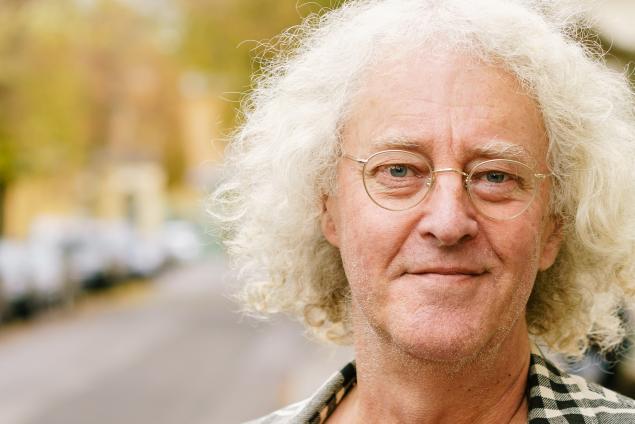Scroll to Section:
Insects are very smell-dependent which makes them prime candidates for studying how the sense of smell works and how it influences behavior. In this video, BILL S. HANSSON describes how the research team studied the olfactory system of flies. Following the whole process from molecule detection and the reaction of the nerves to the outcome of behavior the researchers found a line in the fly's brain that identifies bad odors and leads the fly to avoid these smells as they indicate something is toxic. Because the olfactory systems of all species work in a similar way, the findings can be used to draw conclusions to the human sense of smell.
DOI:
https://doi.org/10.21036/LTPUB10198
Institution

Max Planck Institute for Chemical Ecology
The Max Planck Institute for Chemical Ecology (MPI-CE) investigates how organisms communicate with each other via chemical signals. We study how plants best adapt to their respective environments and identify the chemical compounds they produce to attract pollinators, fend off herbivores and pathogens, or keep unpleasant competitors away. In the course of evolution, insects have adapted to the survival strategies of plants. We therefore analyze the genetics, physiology and behavior of herbivorous insects. Insects also make use of plant substances to protect themselves against predators: They sequester toxic compounds; some insects even signal by exhibiting their bright colors that they should better not be eaten. Microorganisms play a crucial role in the fitness of plants and insects. Some are pathogens, others are symbiotic partners and help to supply nutrients or boost the immune system. We want to determine who plays which role. The MPI-CE was founded in 1996 and is part of the Max Planck Society. Together with Friedrich Schiller University Jena, it runs the International Max Planck Research School Chemical Communication in Ecological Systems, a graduate school for excellent international graduates.
Original publication
A Conserved Dedicated Olfactory Circuit for Detecting Harmful Microbes in Drosophila
Cell
Published in 2012
Reading recommendations
A Bug's Smell – Research into Insect Olfaction
Trends in Neurosciences
Published in 2002
Evolution of Insect Olfaction
Neuron
Published in 2011
Beyond
A Ground-breaking Scientific Revolution
An Alarming Challenge for Society
If I Had a Second Life
A Personal Reading Recommendation




